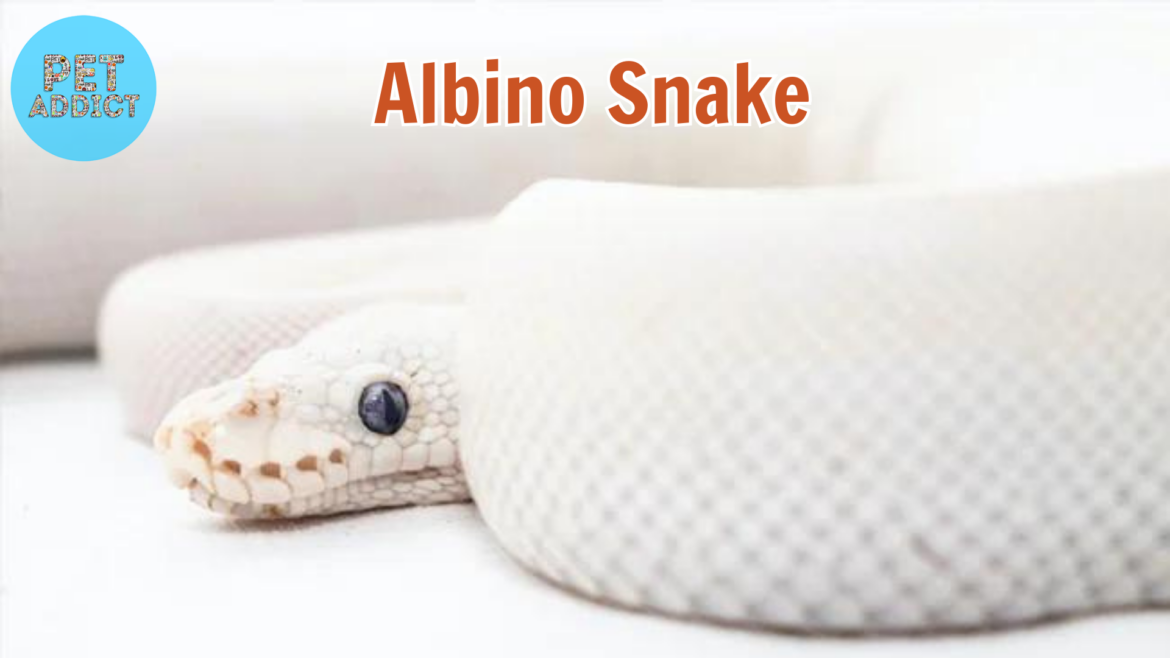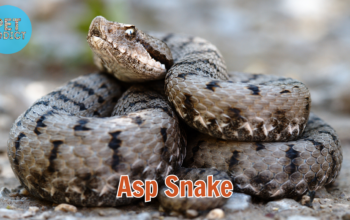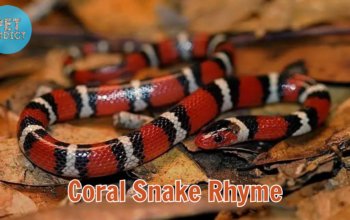Albino snakes, with their stunning lack of pigmentation and distinctive appearance, are among the most intriguing reptiles in the world of herpetology. These unique serpents capture the imagination of snake enthusiasts and scientists alike. In this article, we will explore the captivating world of albino snake, shedding light on their genetic traits, physical characteristics, habitats, and the role they play in the ecosystem.
PetAddict.net – The best place where you can find everything about your pet!
What Makes an Albino Snake?
Understanding Albinoism in Snakes
Albinism is a genetic condition that results in the absence of melanin, the pigment responsible for skin, scale, and eye color in snakes. Albino snakes inherit this genetic anomaly, leading to their characteristic white or pale yellow appearance. Unlike their normally colored counterparts, albino snakes lack the dark pigments that give snakes their typical patterns and colors.
Physical Characteristics
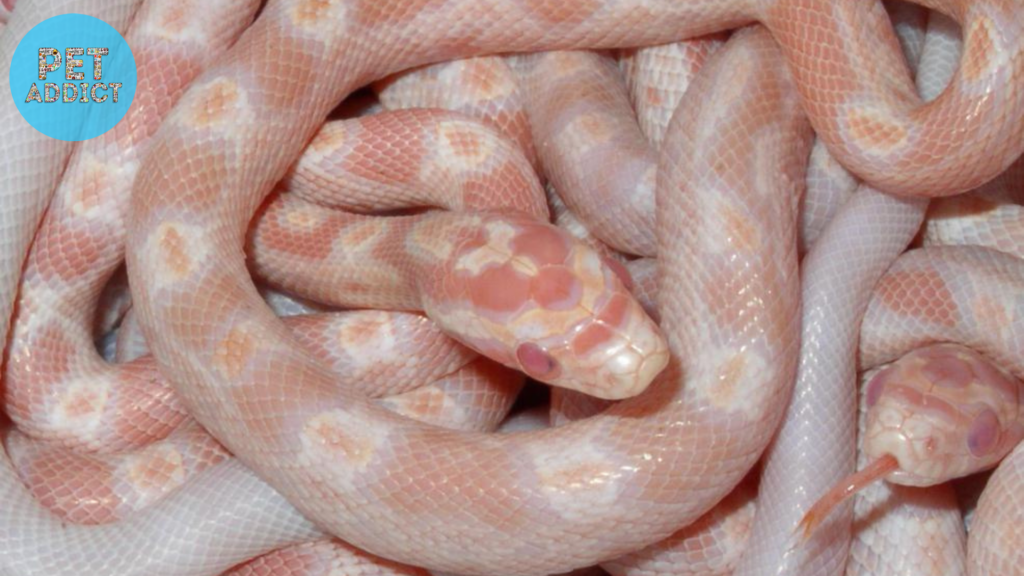
The Appearance of Albino Snakes
Albino snakes exhibit several distinct physical characteristics:
- Coloration: The most apparent feature of albino snakes is their striking lack of color. Their scales are typically pure white or pale yellow, and their eyes appear pink or red due to the absence of melanin in the irises.
- Pattern: Albino snakes often lack the typical patterns seen in their species, such as blotches, stripes, or speckles. Instead, they have a uniform, unmarked appearance.
- Size: Albino snakes come in various sizes, depending on their species. They can range from small, non-venomous species like corn snakes to larger constrictors like albino Burmese pythons.
Albino Snakes in the Wild
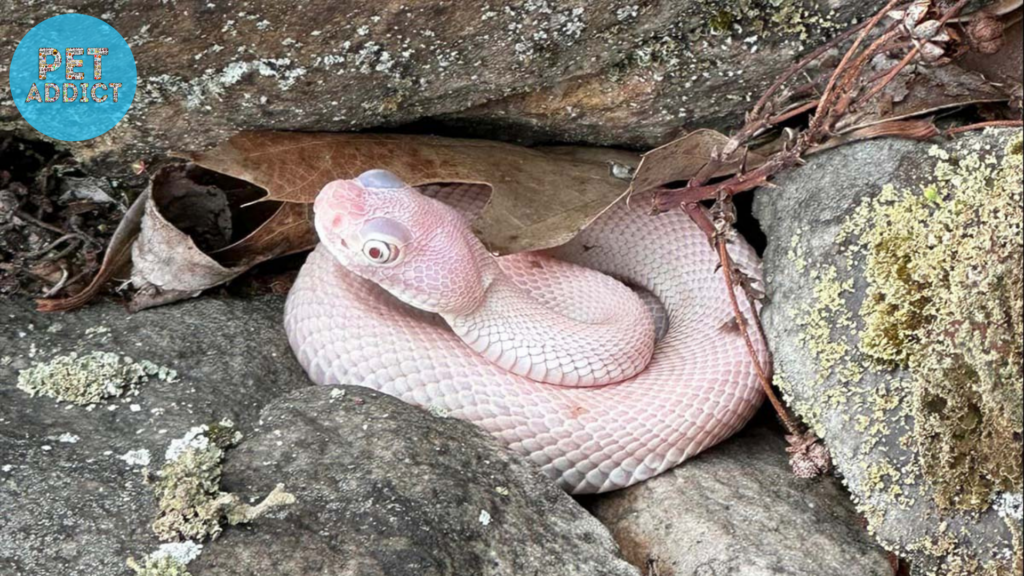
Habitat and Geographic Range
Albino snakes can be found in a variety of habitats, depending on their species. Their distribution may vary, but they are generally found in regions where their wild counterparts are native. Some popular species of albino snakes include:
- Albino Corn Snake (Pantherophis guttatus): These snakes are native to the southeastern United States and are often found in grasslands, woodlands, and abandoned buildings.
- Albino Burmese Python (Python molurus bivittatus): Native to Southeast Asia, these pythons inhabit a range of environments, including forests, swamps, and grasslands.
- Albino Ball Python (Python regius): Indigenous to West and Central Africa, ball pythons are known for their docile nature and adaptability to various habitats.
Popularity as Pets
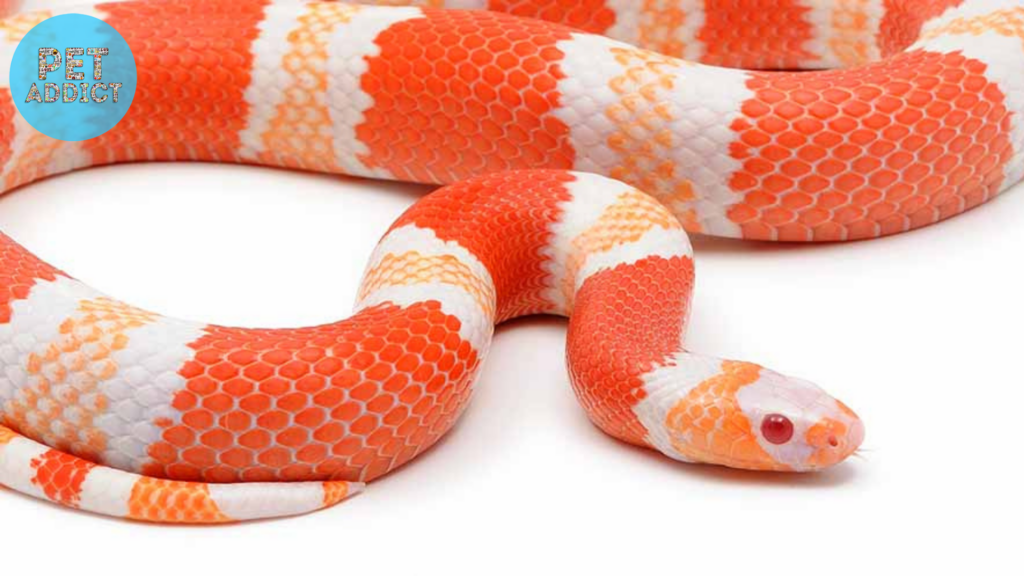
Albino Snakes in the World of Pet Reptiles
Albino snakes are highly sought after in the pet trade due to their captivating appearance. Their striking lack of coloration and vibrant red or pink eyes make them a favorite among reptile enthusiasts. Some albino snake species, such as albino corn snakes and ball pythons, are known for their docile temperament, making them suitable choices for novice reptile keepers.
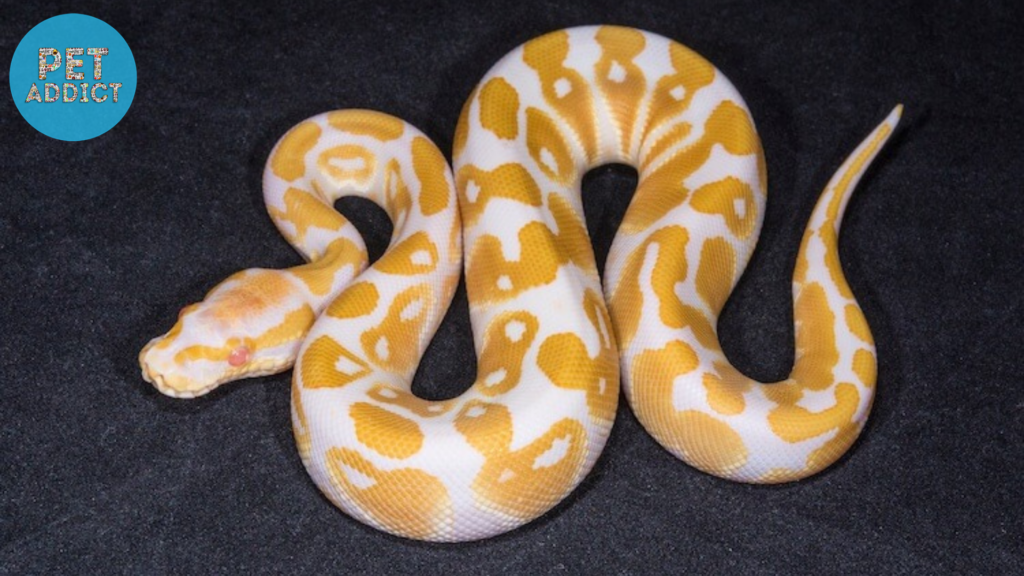
However, it’s important to note that albino snakes, like all reptiles, have specific care requirements, including appropriate enclosures, heating, and humidity needs. Prospective owners should thoroughly research the species they intend to keep and ensure they can provide the necessary care.
Conclusion
Albino snakes, with their mesmerizing lack of pigmentation, offer a glimpse into the fascinating world of genetic anomalies in reptiles. These unique serpents have captured the hearts of both herpetologists and reptile enthusiasts, earning their place in the realm of exotic pets. While their stunning appearance makes them stand out, it’s essential to remember that these snakes, like all living creatures, deserve proper care and respect for their well-being in both natural and captive environments.

